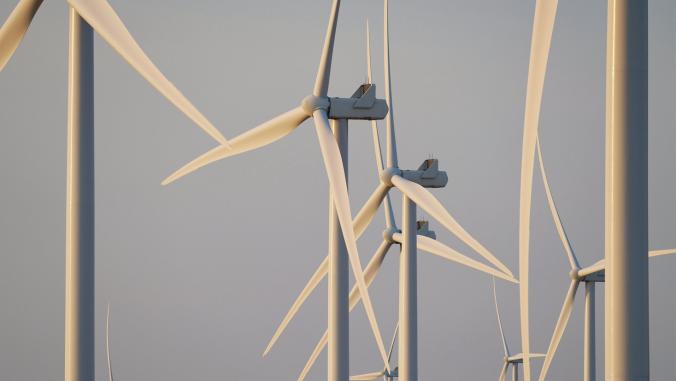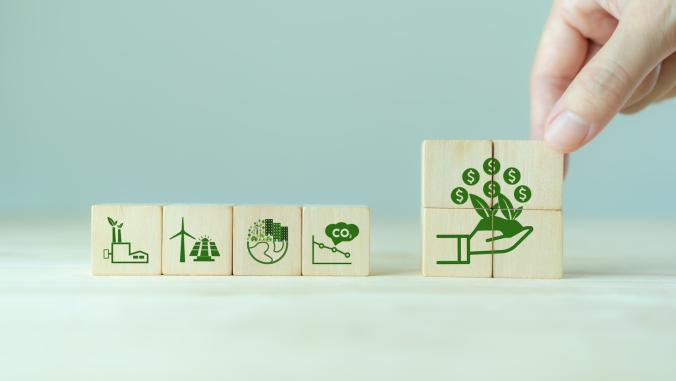Corporate fleet buyers have a rich array of potential choices when it comes to updating their last-mile delivery fleets to electric vehicle technology. The van portion of the market is particularly competitive, big names such as General Motors (with its Brightdrop subsidiary) and Rivian (with its public market status and all those Amazon orders) claimed many headlines this year.
Clearly, there’s a big shakeout to come, especially as these companies are required to actually start delivering on all their big preorders. That’s where U.K. startup Arrival — allied with UPS and backed by automotive giants Hyundai and Kia — thinks its unique manufacturing strategy will become a key point of differentiation.
Instead of building massive factories, Arrival has created a modular approach to production: It has developed its own chassis, powertrain, body and electronic controls, and standardized those designs into modular components that it says can be assembled and disassembled quickly across its models — and at a lower cost than its rivals. Its EVs will be built in "microfactories" that handle smaller production scales, maybe 10,000 vehicles per year as a start. The first U.S. location is set to come online in the fourth quarter in Charlotte, North Carolina.
"Our method is to have small factories in key geographies. We can deploy for much less capital, and we can deploy as we see demand develop," Mike Abelson, CEO of the company’s North American division, told me last week. The vans can also be customized more easily for the needs of a specific customer or market. "There is no rule that the vans we build in one microfactory have to be the same as the vans we build in another factory," he said.
Our method is to have small factories in key geographies. We can deploy for much less capital, and we can deploy as we see demand develop.
There are also other implications when it comes to comparing the life-cycle environmental impact of an Arrival vehicle with others. For one thing, all of the van’s exterior panels are made from lightweight, durable composite that can be dyed to a single color, eliminating the need for painting.
There are other potential advantages, such as the ability to upgrade various components over time as the technology advances. The older components can be reclaimed and reused, and new features, such as safety updates or driver assistance features, can be added through software updates. (Over half of Arrival’s engineers are software developers.) "We think that is a big benefit when you look at the total sustainability picture," Abelson said.
On the battery side, Arrival’s partner is LG Energy Solution. It’s also allied with Li-Cycle, one of the startups working on lithium-ion recycling technology and processes.
Right now, Arrival is working on two van models. Two of its early customers are UPS (which has ordered 10,000 vehicles, with an option for many more) and fleet management LeasePlan (which has booked 3,000 vans). Abelson said Arrival has memorandums of understanding for about 100,000 orders total. "We have been very pleased with the reception of the product," he said.
Most companies with large last-mile fleets will hedge their bets when it comes to balancing those purchases across several suppliers — Amazon, as an example, is also buying vans in Europe from Mercedes-Benz. Alongside considerations such as vehicle ranges, capacity, battery life, maintenance and the like, Arrival’s environmental life-cycle metrics will certainly resonate during sales pitches.






